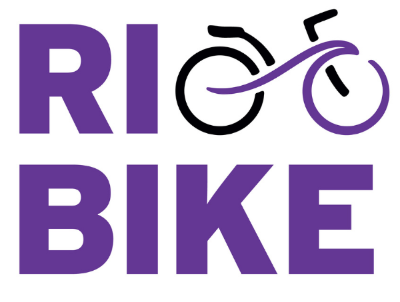A rural Colorado town has kicked cyclists off the streets, dealing a blow to advocates who felt the wind at their back amid a national livability push. There just wasn’t enough room on the roads for both bikers and two lanes of cars in Black Hawk, City Manager Mike Copp said, especially when state law requires 3 feet of space for bikers.
So a ban has been in effect since January. “We saw not only problems with biker safety but cars pulling away, and that was causing conflict,” Copp said. “When the state enhanced gambling and instituted 24-hour betting, that generated more traffic … these are big roads that are heavily traveled.” The ban applies only to commercial streets — residential roads are still OK for bikes — and bikers are free to dismount and walk along the roads, Copp said.
The ban is more than an inconvenience, says Dan Grunig, executive director of Bicycle Colorado, an advocacy group promoting biking in the state. It cuts off a stretch of the Peak to Peak Scenic Byway and could force bikers to go miles out of their way through mountain roads to reconnect. It is a “black eye” to Colorado’s bike tourism industry and nothing short of a rights violation, Grunig added. “Bikes are legal vehicles, and people have a constitutional right to travel. Restricting that is outside the boundaries of the law,” Grunig said.
The ban is also seen as a worst-case scenario as the country looks to expand biking as part of Transportation Secretary Ray LaHood’s “livability” push. A similar ban on biking on state highways was proposed, but tabled, in St. Charles County, Mo., and Copp said other municipalities have contacted him about instituting their own bike bans. A proposal from two Colorado counties that would give municipalities more authority to restrict biking was proposed but has not moved in the state Legislature.
Meghan Cahill, a spokeswoman for the League of American Bicyclists, said the group is committed to fighting bicycle bans, though it prefers not to publicize them because they often spur copycats. Bicycle Colorado has lobbied state lawmakers to overturn the ban and is helping two bikers challenge their tickets in court.
From the local to the federal level, transportation agencies are doing more to add bike lanes, parking and education campaigns in an effort to promote two-wheeled transportation. But transportation experts say promotion without better infrastructure could create more problems like in Black Hawk, where increased bike and auto traffic created problems on narrow mountain roads. “What’s challenging is that we have people who learned how to drive when Americans had lost this legacy and tradition of cycling. There wasn’t anything in driver’s ed that informed people what to do,” said Lynnea Atlas-Ingebretson, manager of the Minneapolis Bike-Walk Ambassadors Program. “And now we’ve got people riding with new types of infrastructure who have had their licenses for years.”
Cahill said that in cities like Copenhagen, Denmark, where about 40 percent of trips are made by bike, there are few safety problems because cycling is ingrained in the culture. But that kind of comfort takes years to develop and requires early education. As biking becomes more prevalent, transportation officials think education will spread. Right now, the bulk of bike safety education comes from advocacy groups or government agencies spreading a share-the-road message. For example, Minneapolis has been distributing postcards and posters with bike rights and regulations. The League of American Bicyclists offers courses for local groups and help to employers that want to train their own workers on riding safely. To make it really effective, Cahill said, the education has to be institutionalized. That could mean anything from incorporating it into a physical education curriculum to putting bike laws onto driving tests.
Bike licenses? Copp says a better solution would go even further. “When I go hunting and fishing, I need a license. But a bicyclist doesn’t,” Copp said. “We need to register bicyclists.” Copp said that program would allow an easy opportunity for education through a licensing course akin to driver’s education and a written test but would have the added benefit of raising funds for more bike infrastructure. By charging bicyclists for their licenses, the cash-strapped city of Black Hawk could expand its roads or pave a gravel path running around the city.
Licensing programs have not been successful in the past, though. Most governments that had or enforced them eventually backed off, including Minneapolis. Just the administration of the licenses was costing more than the fees could realistically bring in. “Eighty percent of bikes are sold at average of $80,” Grunig said. “To generate revenue, you have to charge somewhere around $40 or $50. That’s a higher tax [rate] than cigarettes, and bicycles are healthy.” Though Grunig said the licensing program would be a good way to promote education, the revenue end just does not make sense. Instead, he wants to see transportation dollars distributed more evenly so that road projects could include bike lanes and new paths. Without a clear solution in place, an end to the Black Hawk ban is not likely to happen anytime soon. But bike advocates are not taking that to heart. “It’s a minority,” Cahill said. “It’s not a step back. We’re seeing biking increase across the board nationwide. It’s becoming more accepted in all age groups and communities. Unfortunately, this will happen, but it’s not a national problem.”
